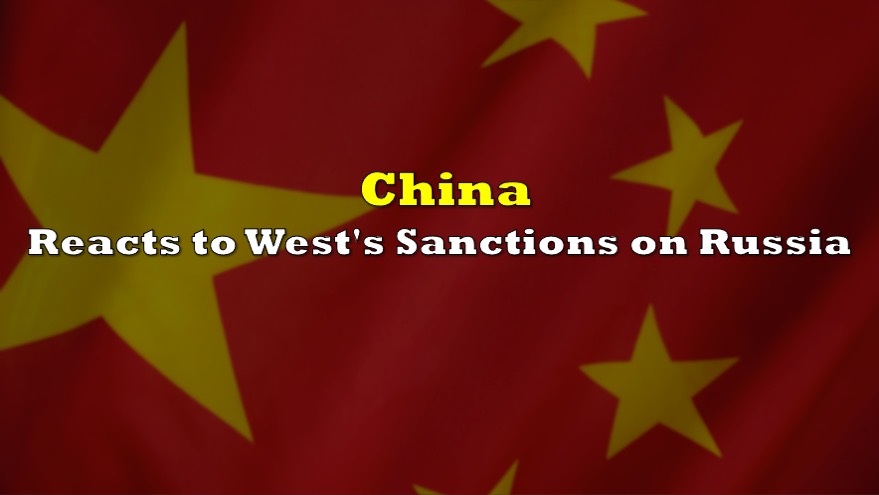In a recent incident involving China’s navy, a first-in-class nuclear-powered submarine reportedly sank at a shipyard earlier this year, according to U.S. officials. The event, which was initially covered up by the Chinese government, raises questions about the safety and transparency of China’s military operations as U.S. defense sources allege that Beijing actively sought to conceal the accident.
The incident was first revealed by The Wall Street Journal on September 26, when U.S. officials disclosed that a Chinese nuclear submarine had sunk. Though the exact timing of the incident remains unclear, it is believed to have taken place at a shipyard, indicating that the vessel was not engaged in active operations.
Satellite imagery later confirmed the presence of large floating cranes arriving at the location, which appeared to be part of a salvage operation.
“It’s not surprising that the PLA Navy would try to conceal the fact that their new first-in-class nuclear-powered attack submarine sank pierside,” a senior U.S. defense official said, speaking on the condition of anonymity due to the sensitive nature of the incident. The official was referring to the People’s Liberation Army Navy (PLAN), China’s naval force and a key arm of its military.
The sinking of a new nuclear-powered submarine is a significant blow to China’s military ambitions and raises concerns about internal oversight within the Chinese defense sector.
“In addition to the obvious questions about training standards and equipment quality,” the anonymous U.S. official added, “the incident raises deeper questions about the PLA’s internal accountability and oversight of China’s defense industry – which has long been plagued by corruption.”
The incident spotlights two issues: one being the technical competence and training standards within China’s naval force, and the other being the broader issue of transparency and internal checks within the Chinese military-industrial complex. China’s defense industry has faced long-standing accusations of corruption and inefficiency, issues that seem to be underscored by the recent submarine accident.
China’s naval expansion is a crucial component of its military modernization. Over the past few years, China has been working to upgrade its navy, the largest in the world in terms of ship numbers. However, its fleet includes a large number of smaller vessels like frigates and corvettes, making its power projection capabilities less effective compared to the U.S. Navy, which is centered around larger aircraft carriers and advanced nuclear submarines.
This incident represents a significant setback to the PLAN, particularly as it attempts to modernize its fleet with more advanced nuclear-powered vessels. China’s growing naval prowess has been a source of concern for neighboring countries and global powers, especially as it asserts its influence in the South China Sea and broader Pacific region.
The sinking of the Chinese submarine comes amid increased tensions in the Indo-Pacific and heightened competition between China and other regional powers. In response to China’s expanding naval capabilities, the United States and the United Kingdom have been working closely with Australia to develop and provide the nation with nuclear-powered submarines under the AUKUS agreement. This trilateral defense pact, announced in 2021, is designed to bolster security in the Indo-Pacific and is seen as a counterweight to Chinese military ambitions.
While the AUKUS agreement will provide Australia with advanced nuclear submarine technology, it also includes broader plans for the development of advanced warfighting capabilities. China has been openly critical of AUKUS, viewing it as an attempt to undermine its influence in the region and enhance the military capabilities of countries with which it has contentious relations.
The recent submarine incident has therefore highlighted not only China’s internal military challenges but also the broader strategic rivalry in the Indo-Pacific. As the U.S., UK, and Australia work to enhance their undersea capabilities, Beijing’s attempts to conceal the sinking of its nuclear-powered submarine cast further doubts on the transparency and efficacy of China’s naval development.
Information for this briefing was found via the sources mentioned. The author has no securities or affiliations related to this organization. Not a recommendation to buy or sell. Always do additional research and consult a professional before purchasing a security. The author holds no licenses.












One Response
Communists lie, cheat, and steal. CCP are communists. As are the Democrat party in USA and Trudeau’s minions in Canada.